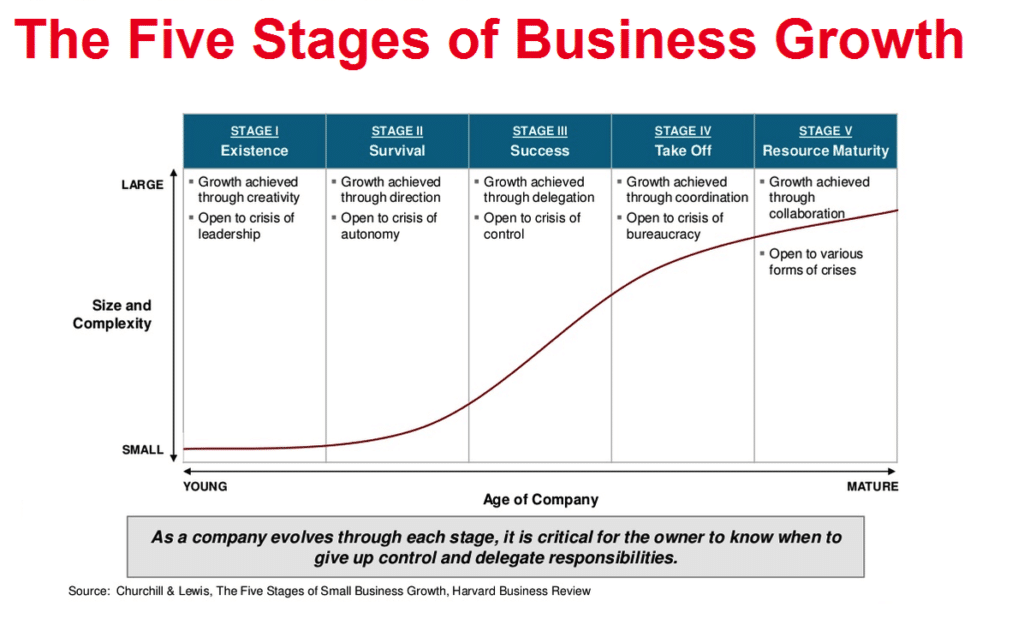Pirates metrics have become a popular model for business growth — but what are they and do they actually lead you to that buried treasure?
First presented by Dave McClure in his presentation “Startup Metrics for Pirates” in 2007, the AARRR method was originally meant for tracking product marketing and management and focused on acquisition. However, ten years later, Thomas Petit and Gabor Papp shifted the steps of AARRR into RARRA — moving the focus to retention.
But that’s enough pirate small talk. This article will delve into which model is better — spoiler alert, it depends on your needs! Let’s get into what the models are, how they help businesses and how they can both help your SaaS business.
What is AARRR?
AARRR is an acronym that describes five stages a person goes through on the path to becoming a paying customer:
- Acquisition. When someone visits your website for the very first time via a digital marketing channel.
- Activation. When that person has their first positive user experience with your site or marketing content.
- Retention. When that person revisits your website again in the future to consume other content.
- Referral. When that person enjoys your site/blog/etc. enough to share it with others either publicly or privately.
- Revenue. When that person makes a purchase and becomes a paying customer.
Feel free to skip ahead if you’re already familiar with AARRR, but here’s a concrete (if simplified) example of the AARRR framework in action – using our own content marketing as the channel of acquisition.

Let’s say a person visits a SaaS marketing agency website (i.e Gripped.io) after searching Google for information on SaaS marketing strategies. At this point, the person has been “acquired” in the sense that the company has “acquired their awareness.”
A week later, they revisit the site after finding an article on how to align email marketing campaigns to overall marketing strategy. And since they were pleased with both the articles they’ve read so far, they sign up for the company’s mailing list. This person has now been “activated” and “retained” — they’ve had several positive experiences with the site, and then took action to stay up to date with content they publish in the future.
Over the course of the next few months, as they read the company’s newsletter & articles, they share content with their colleagues, moving them into the “referral” stage. And finally, once they have a need to enlist the help of an agency, they use that agency because they’ve appreciated their content and expertise, moving them into the “revenue” stage.
However, this example is just one path of many that could define the customer journey for someone in your target audience. And it’s also why the AARRR may not be the best fit for every business.
More on who it’s best for in a second. First, let’s look at an alternative: RARRA.
What is RARRA?
RARRA, as the acronym might suggest, is Dave McClure’s AARRR model tweaked and updated:
- Retention. Create incredible value to ensure everyone who visits your site is retained.
- Activation. Make sure new visitors see that value the very first time they visit your site.
- Referral. Get them talking about and sharing your site/business with others.
- Revenue. Convert some people into customers based on the value you provide.
- Acquisition. Use your paying customers to help you find more just like them.
This update was first proposed in 2017 by Gabor Papp with regards to app businesses because the market has changed a lot in the last 12 years. For example, when Apple first launched the App Store, there were only 500 apps to choose from. Now there are almost 9 billion worldwide across multiple mobile app markets and countries.
And where there’s competition, acquisition gets more expensive. So although it might have made sense to prioritise acquisition back when there was a younger industry, doing so now might not be as effective for every business. Instead, leading with a retention first mindset may be a better option (hence RARRA). Here’s how to tell which is best for your business.
AARRR vs RARRA: Which is the best model?
The short answer is neither. While many businesses want to only adopt the model they see as most effective, they are essentially ignoring the fact that both models could suit your business at different times. It depends on:
- The stage of your business
- Your business goals
- The industry you’re in
A SaaS business may have a completely different funnel than an eCommerce business. And even two SaaS businesses may have customers who buy differently or completely different business goals depending on the stage they’re in.
Here, we’ll focus on the leading indicators your business should look out for when thinking about adopting either model, and then when to change that model at a time that will create business growth.
Selecting the right growth strategy for your product’s lifecycle stage
Use of AARRR or RARRA depends first and foremost on which of the 5 Stages of Business Growth you’re in (because your stage affects your business goals).

With a brand new SaaS business, it makes the most sense to start with the AARRR model. The reality is, no business can retain an audience they don’t have. So if you’re in Stage One: Existence, prioritising acquisition is a good idea. You need to create some visibility just to get started.

From there, you’ll naturally want to mix in activation and retention, so that you can continue to grow and retain the customers you already have. Referral and revenue will come after that as well, continuing your path to success. But how do you know when it’s the right time to switch to the RARRA model? And how do you know when it’s time to switch back to AARRR?
The problem is that businesses often pick one when implementing a product-led growth strategy and stick with it for far too long (mostly out of inertia and dogma). If you’re continuously successful with the customers you retain, you may not even realise that there’s a problem with your strategy. You must stay on the pulse of your business performance in order to watch out for any small or large shifts that will prompt a strategy change.
Let’s look at how you can figure out when to transition between models. The following scenarios will give you insight into what to look out for.
Are you a brand new business in an industry with little competition?
If you’re in a brand new industry that’s just getting started, your customers may not even know that what you do is possible yet. In this case, focusing on acquisition (using the AARRR model) may also be a good option since there’s less competition.
Are you in an industry that is becoming increasingly saturated with competition?
When you start out as a business in an industry with little competition, focusing on acquisition is key, as we’ve mentioned. However, it’s easy to become complacent when you’re dominating the market.
Your business may have grown to be successful as you continuously provide value to your customers, but when a new product or service enters the playing field that is directly targeting your customers — maybe even with a different value-add to your product — you have to pay attention. Now is the time to focus on providing ongoing value to your customers and investing in retention strategies so you can keep up with the competition.
Are you spending money on ads that convert new prospects, but struggle to move them down the funnel?
The main indicator that the AARRR model is no longer working is that your initial conversion rates may remain high, but slowly dwindle as potential customers move down the funnel.
Want to know how you can increase sales conversions? ️📈
Book in your FREE one-to-one session with one of our Growth Experts. We’ll assess your current sales strategy and layout actionable steps for you to get prospects moving down the sales funnel.
Take this example: A SaaS company with a freemium model adopts the AARRR mindset and spends on ads to acquire new customers. People visit their site and then sign up for a free trial at a rate of 11% (a pretty solid conversion rate). While it sounds like a success, once you look at the numbers, only 1% of prospects have signed up to a subscription while 80% of the people who sign up for the free plan go inactive within 15 days, leaving them with a retention rate of just 19%.
This is the time to move to the RARRA model — when you need to continuously demonstrate value in your product. So by focusing on retention first, you’re setting yourself up to scale more efficiently.
Are you moving into a market that is already competitive?
If you’re a new business, spending a lot of money on acquisition upfront is expensive in competitive markets (especially if you don’t retain anyone). So is spending a lot of money on acquisition when you’re trying to scale if your retention metrics are currently mediocre. That’s where RARRA may be a better choice for your business.
Is your consistently successful business struggling to scale?
If your business has retained a variety of customers consistently but you are struggling to scale up, it is time to acquire a larger audience to drive further growth. You may not realise that your business has hit Stage Four: Take-off of the business model — this is where it might make sense for you to focus more heavily on acquisition (and therefore the AARRR model).
Ultimately, implementing the right methods to achieve success within your business comes down to data and being aware of how your business is performing. Are you succeeding in consistently getting new customers? Are you succeeding in retaining the customers you already have? It’s time to look at your numbers and review the amount of money you’re spending on your acquisition vs retention costs, so you can implement the right strategies at the right time.
Choose the right growth strategies for your SaaS business
The reality is, while both RARRA and AARRR are great models for understanding and driving growth, the way that they’re implemented changes from business to business. There’s simply no one-size-fits-all solution that works across the board.
You need to constantly be aware of your business performance and be on the lookout for any shifts — small or large — within your product, your customers, industry, or market in order to implement the right strategies at the right time. You can use a framework like the pirate metrics provide to help, but ultimately, you need to tailor your growth strategy to your where your business is at and the outcomes you’re striving to achieve.
